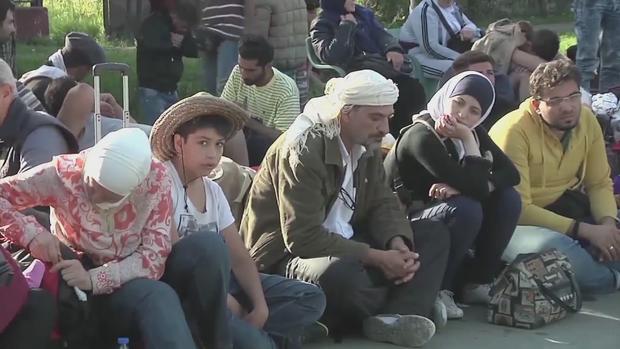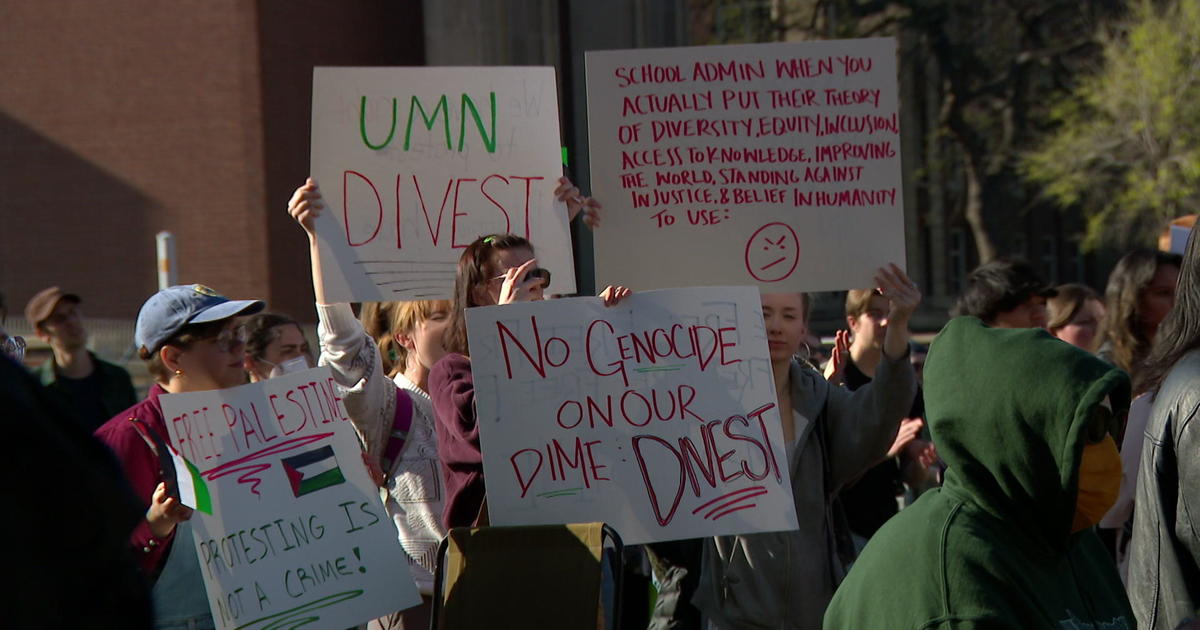How Are Refugees Placed Around The Country? And Why Might Some States Get More Than Others?
MINNEAPOLIS (WCCO) -- At least 35 refugees from Afghanistan have new homes in Minnesota.
Over the next several months, that number is expected to grow to 300, according to the International Institute of Minnesota (IIM), which helps refugees and immigrants restart their lives.
We wanted to know: How are refugees placed around the country? And why might some states get more than others?
After an at times chaotic exit from the Hamid Karzai International Airport in Kabul, Afghan refugees have started their trek to new countries, with dozens already settling in or planning to make Minnesota their new home, according to IIM executive director Jane Graupman.
"The status that they're coming under is similar to the refugee program, but it's called a special immigrant visa that is specifically for folks that have helped the U.S. government and the U.S. military overseas," Graupman said.
How is it determined which states refugees will be placed?
"The refugee resettlement program is a family reunification program," Graupman said.
That means refugees often go where family members live. Graupman said California has a large Afghan population, so it's likely many refugees will settle there.
What if that refugee has no familial connection to the United States?
"We call them 'free cases,'" Graupman said.
Those refugees can have input on which country they would prefer to settle in, with organizations then helping them find a specific location that works best.
Some Afghan refugees were placed at army bases in the United States. How is that determination made?
"It's really unusual actually for refugees to be placed in army bases. That's not how the process works," Graupman said.
Most refugees are placed at refugee camps. Some might be in Qatar, Kuwait, Germany and other countries. The refugees are then vetted for up to two years before they can be officially placed in the United States. Graupman said rushing them out of Afghanistan and into army bases in the U.S. is due to the emergency situation at the Kabul airport. They will then be vetted at the bases.
Each fiscal year, the president determines the maximum amount of refugees allowed in the U.S. In President Barack Obama's final year, almost 85,000 refugees settled in the country, just under the maximum allotment. Of that number, 2,635 came to Minnesota.
The numbers started to drop significantly when President Donald Trump took office, as he lowered the max allotment each year. The cap was 50,000 refugees in 2017. In 2018, it fell to 45,000, then 30,000 in 2019, and 18,000 in 2020. Minnesota received under 400 refugees in 2020.
Are refugees expected to eventually become U.S. citizens?
"After a refugee is here for one year, a refugee can adjust to get their green card. You know, that's a permanent status in the U.S. But you don't have to become a U.S. citizen, but most people do," Graupman said, adding that citizenship offered more protections and freedoms, such as the right to vote.
For the 2021 fiscal year, President Trump lowered the country's refugee acceptance cap to 15,000. President Joe Biden, however, changed it in May, raising it to 62,500. His plan is to double that next year to, in his words, reassert America's commitment to protect the most vulnerable.




